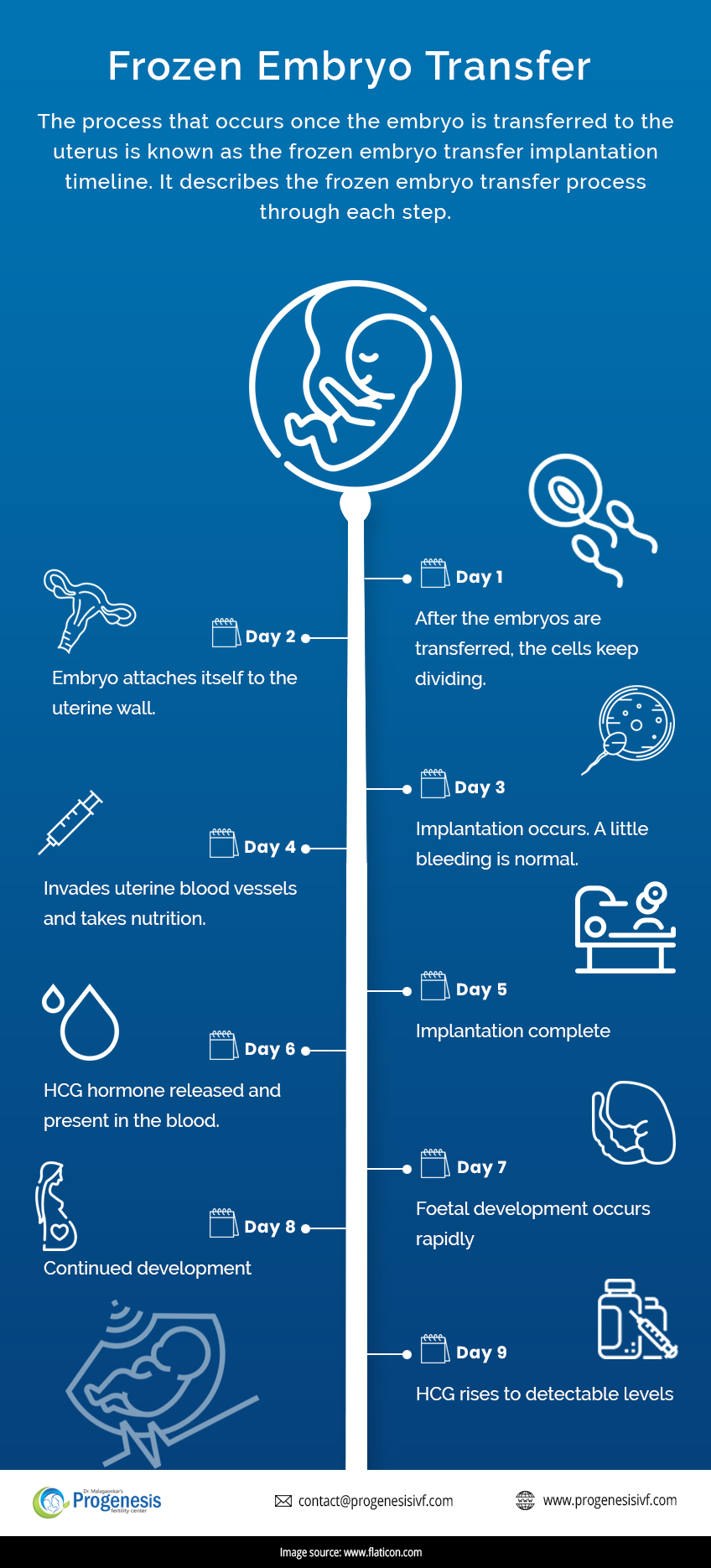Infertility and associated problems among couples is a growing concern these days. Due to which such couples are seeking for more advanced and modern fertility treatment techniques, which can yield effective results in less time and investment.
One of the similar infertility treatment method, Frozen Embryo Transfer, has grabbed a lot of attention in the past few years reason being, it’s a result-oriented procedure with high success rates. In this process, a frozen embryo from a previous fresh IVF cycle is unfrozen and transferred back into a woman’s uterus.
The pregnancy success rates with the frozen embryos are almost equal to fresh embryo transfer. So let’s understand more about what exactly is frozen embryo transfer and how does it lead to pregnancy.
Firstly, the embryos which are frozen by vitrification are unfrozen and used when they are required to be transferred in the uterus. After the transfer in the uterus, the cells keep diving themselves. In the second step, the embryo has the tendency to attach itself to the uterine wall. Later on, during/after the implantation, it can lead to normal bleeding which is quite common and one need not worry about it. Once done, nutrition is provided to it through the blood vessels which helps it grow, and confirms successful implantation.
In the next stage all the biological process takes place in the body which leads to a foetus development and with the continual development of the foetus, it confirms a successful pregnancy. A pregnancy test is usually arranged ten to twelve days later. During all this time, it is recommended to avoid any strenuous activity and heavy lifting. Let’s take a look at the following Frozen Embryo Transfer Infographics which depicts the complete process systematically.

Featured Image: Background photo created by prostooleh – www.freepik.com
